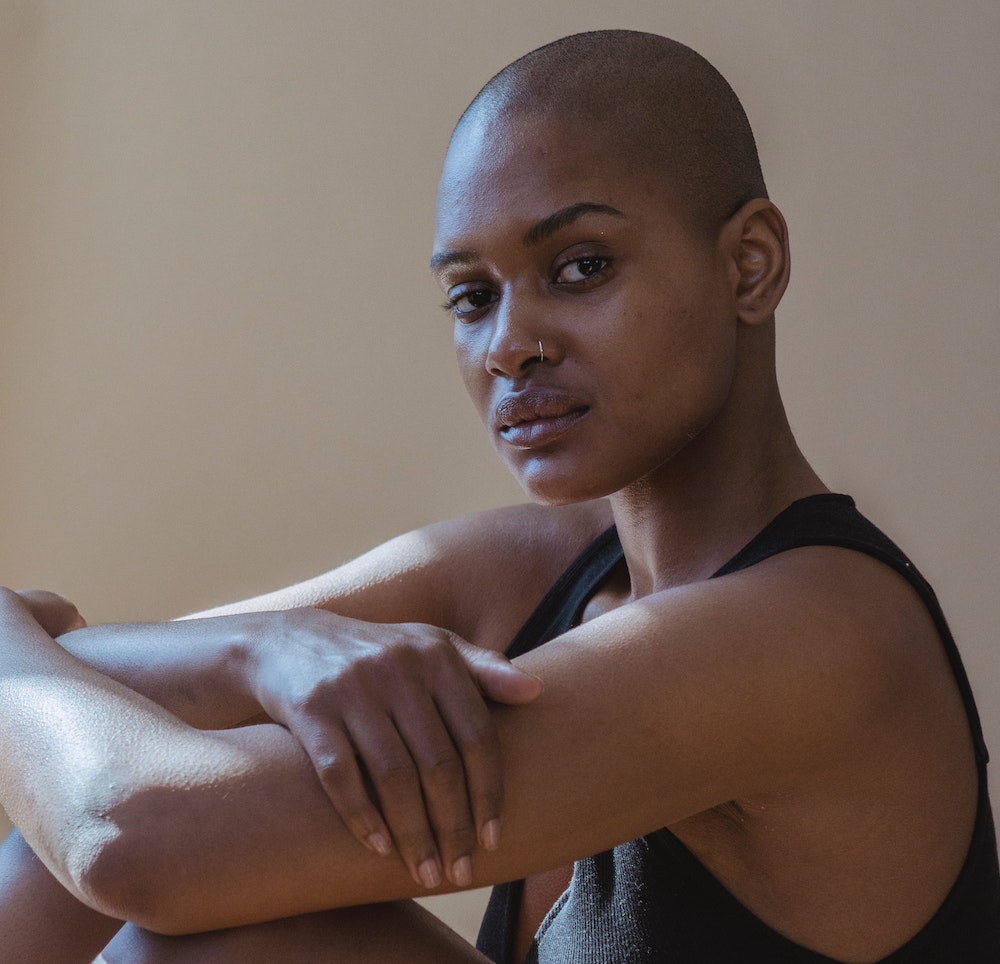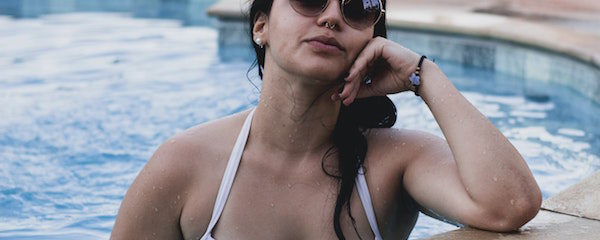Can I Make My Piercing Heal Faster? How to Avoid Healing Delays October 27, 2021 – Posted in: Informative, Piercing Advice – Tags: body piercing advice, healing best practices, healing piercings, piercing advice
Ways to make your piercing heal as fast as possible:
- Clean your piercing 2 – 3 times daily.
- Don’t pick at it or twist the jewelry.
- Have a piercer confirm that it has healed before stopping aftercare.
- Keep your piercing dry.
- Use the right products.
- Don’t touch it.
It’s understandable that once you have your new piercing, you want it to be healed as soon as possible. Aftercare gets annoying, and you probably can’t wait to start wearing all sorts of new jewelry.
Unfortunately, patience is imperative when it comes to healing. Everyone heals at their own pace, and even if you do everything right, your piercing still might take a while to heal.
However, while you can’t do much to make your piercing heal faster, there are ways to keep your piercing from healing slower.
Here are some ways that you can ensure that you don’t delay your piercing healing period.

Photo by Angela Roma
Clean your piercing 2 – 3 times a day
This is the basic rule of aftercare, but some people have a hard time adhering to this rule. However, it’s so important that you do so.
Using a high-quality piercing aftercare solution, like NeilMed Piercing Aftercare, will help keep your piercing clean and free from harmful microbes. Infections or other complications from microbes will surely slow down your healing process; if you want your piercing healed as quickly as possible, make sure you keep it clean.
To clean your piercing, spray a cotton swab or clean paper towel with piercing aftercare saline solution, and gently wipe the front and back of the piercing. Then, using a fresh cotton swab, dab the area dry. That’s it! It takes less time than brushing your teeth, and it’s the best way to ensure a problem-free healing period.
Don’t pick at the crusties
Crusties are a natural part of any healing piercing, but they can be annoying. It might be tempting to pick at them in order to remove them. However, this can cause skin irritation and/or damage to the piercing site that will impede healing.
Instead, lightly dab at the crusties with a paper towel soaked in clean, purified water to gently soak the crusties away. Be careful when you do this; you should never twist or pull at the jewelry. Once the crusties become damp enough, they should go away on their own without any scrubbing.
Make sure that your piercing is fully healed before stopping aftercare
Often, a piercing appears healed before it’s fully healed on the inside. This makes it easy to assume that the piercing is healed when it isn’t. If you change the jewelry or stop aftercare practices before the piercing is fully healed, it could cause complications that prolong healing.
Be sure to talk to a piercing professional to make sure that your piercing is fully healed. Even if you’ve hit the healing times, you should have a professional take a look. The estimated healing times for each piercing are minimums, and some people see longer healing periods. Play it safe and talk to someone before stopping aftercare practices.

Photo by cottonbro studio
Keep your piercing dry
Many piercing complications arise because the piercing gets damp and isn’t properly dried.
You should always stay away from pools, hot tubs, oceans, and any body of water as your piercing is healing, but you can’t avoid taking a shower. As you shower, do your best to keep your piercing free from any soap or shampoo, and ensure that your piercing is rinsed thoroughly before you’re finished.
When you get out of the shower, take a clean, dry paper towel or gauze and gently dab the piercing dry without moving the jewelry too much. Don’t use your towel; the jewelry can get caught in the fibers, and towels tend to harbor lots of bacteria.
Stay away from any product that doesn’t have to do with aftercare
One reason why piercing aftercare products like NeilMed Piercing Aftercare work so well is that they don’t have any additives that will irritate the skin around your piercing.
Many products, including sunscreen, shampoo, and makeup, contain chemicals that could cause skin irritation (and, as we’ve mentioned a few times before, skin irritation could delay healing).
If you start to develop a rash or other irritation around the piercing, you could be tempted to use lotion to relieve any itching. This might make things worse. Instead, visit a piercing professional who can tell you the best course of action.
Don’t touch your jewelry
When you have a new piece of hardware in your body, it can be easy to absentmindedly mess with it. Do your very best to refrain. Moving the jewelry too much can cause trauma to the skin or encourage other issues.
This goes for your clothing and other things you put near your piercing as well. For example, if you get a new daith piercing, it’s probably a good idea to stay away from earbuds for a while.
Be careful when you’re around things that might snag your piercing, like when you’re changing your clothing. Besides being painful, snagged jewelry may traumatize the piercing site.
Most of us would love to make our piercing heal faster, but that’s not always in our control. What we can control is any delays in healing. Be mindful of your piercing throughout the healing process, make sure that you’re keeping your piercing clean, and leave it alone as much as you can, and you shouldn’t see any complications that lead to delays in healing.








